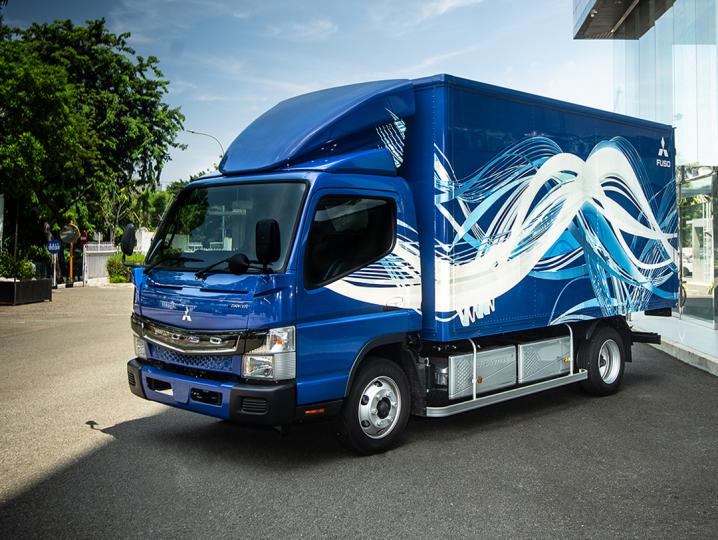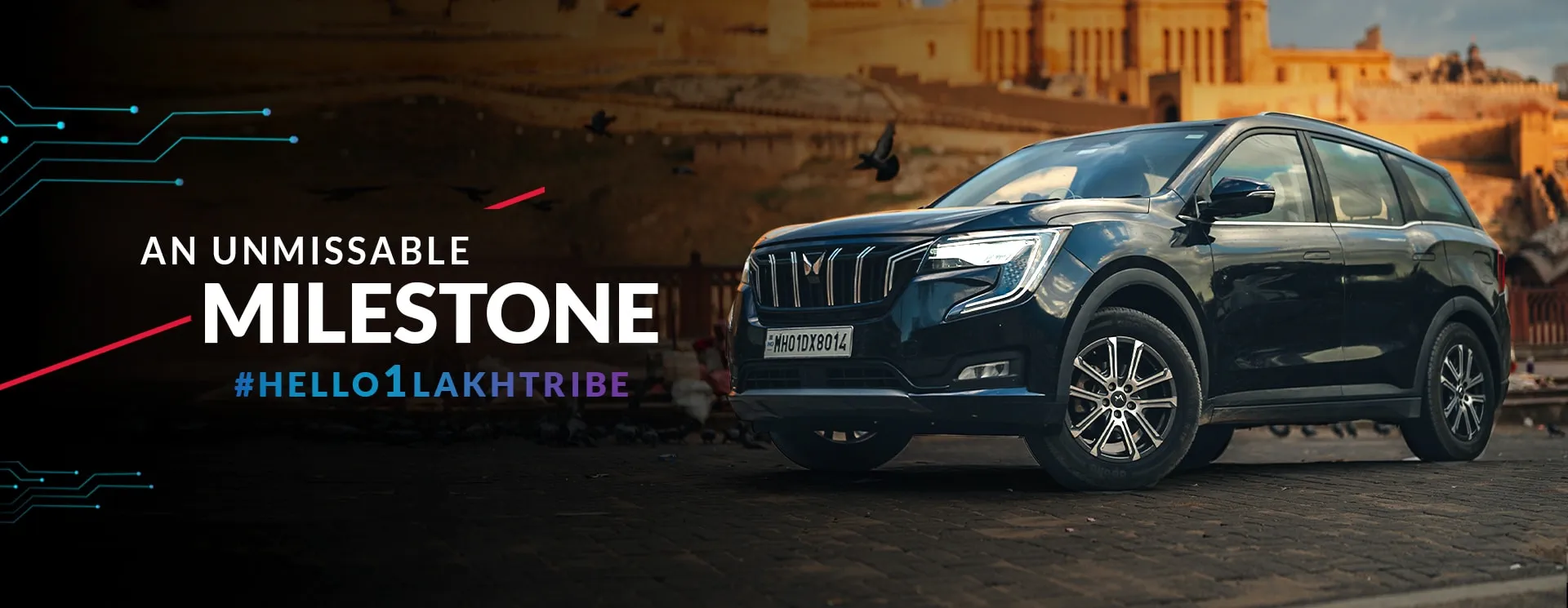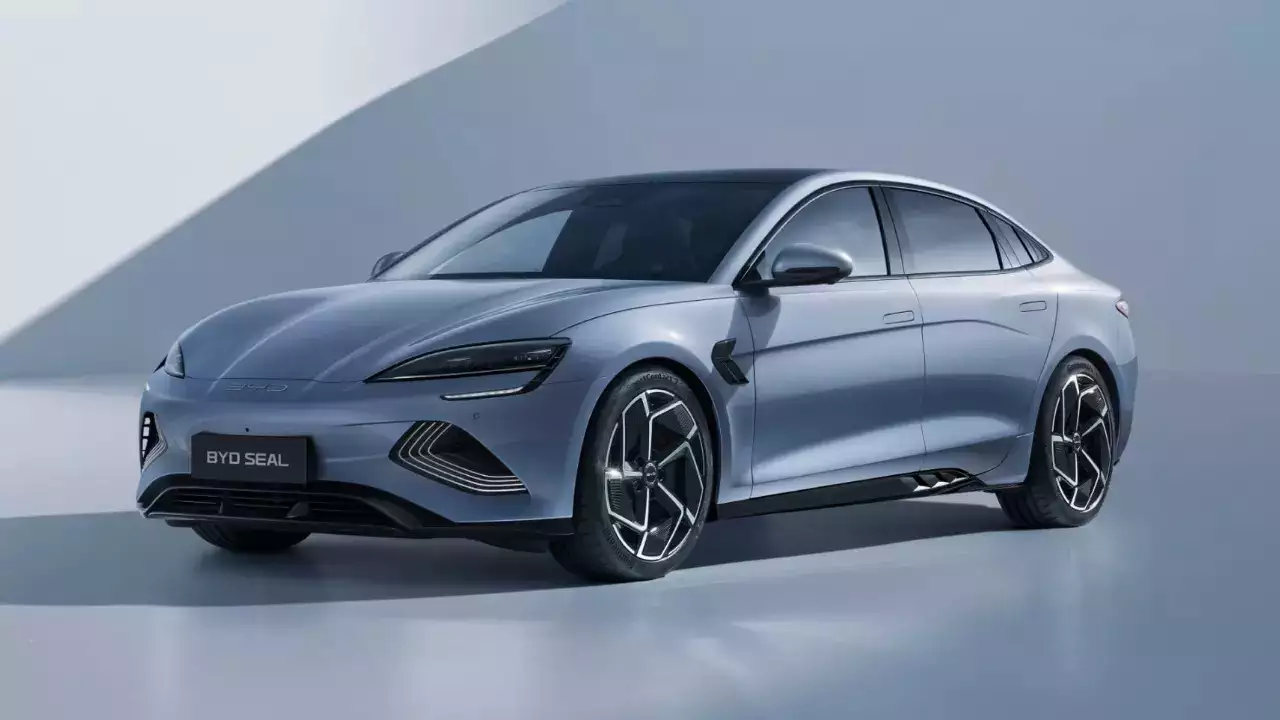As the demand for sustainable and environmentally friendly transportation solutions heats up in India, Daimler India Commercial Vehicles (DICV), a division of the world’s largest truck maker, is gearing up to revolutionize the market with its latest offering—the Mitsubishi Fuso eCanter. This all-electric light-duty truck symbolizes a significant shift in the landscape of commercial vehicles and positions Daimler Truck at the forefront of the eco-friendly revolution in India.
Daimler’s Electrifying Leap with eCanter
The eCanter, which falls under Daimler Truck’s renowned Mitsubishi Fuso brand, is not just any electric vehicle. It is a beacon of advanced technology and sustainability that promises to set new standards in the trucking industry. Powered by a robust LFP battery pack, the eCanter is designed to cater to the 3.5 to 7.5-ton GVW range, making it a versatile choice for various commercial needs.
With its assembly line set in the Oragadam plant near Chennai, DICV plans to make this cutting-edge technology accessible and tailored for the Indian market under the BharatBenz brand. The strategic localization of assembly not only underscores Daimler’s commitment to the Indian market but also aligns with the country’s growing emphasis on reducing carbon emissions in the automotive sector.
Innovating with Hydrogen and BEV Technologies
DICV’s long-term strategy doesn’t stop at battery electric vehicles (BEVs). The visionary approach includes integrating hydrogen fuel technologies—both Fuel Cell and ICE—into their future models. This dual focus on BEV and hydrogen technologies showcases Daimler’s holistic approach to tackling the diverse needs and challenges of the global trucking industry, particularly in a dynamic market like India.
In a move that highlights the practical application of these advanced technologies, DICV has already made strides with the BharatBenz hydrogen fuel cell concept coach, developed in collaboration with Reliance Industries. This initiative not only demonstrates the feasibility of hydrogen in heavy-duty transport but also sets the stage for a broader adoption of CO2-neutral technologies in India’s commercial vehicle sector.
The Road Ahead: Challenges and Opportunities
While the eCanter is set to hit the Indian roads within the next 6 to 12 months, DICV is mindful of the broader challenges that accompany the adoption of such advanced technologies. The success of electric and hydrogen trucks in India hinges on several factors, including the development of a robust charging and refueling infrastructure, the availability of green energy, cost parity, and, importantly, customer acceptance.
To navigate these challenges, DICV is committed to fostering a conducive policy framework that can support the economic viability of adopting carbon-neutral vehicles. By working closely with government bodies and other stakeholders, DICV aims to create an environment where the shift to greener technologies is not only feasible but also beneficial for all parties involved.
A Sustainable Vision for India’s Trucking Future
As Daimler Truck continues to innovate and push the boundaries of what’s possible in commercial transportation, the launch of the eCanter in India represents just the beginning of a long-term journey toward sustainability. With its eyes set on a CO2-neutral future, DICV is poised to lead the way in transforming India’s trucking industry, making it cleaner, greener, and more efficient.
The advent of vehicles like the eCanter and the exploration of hydrogen technologies are not merely about staying competitive in a changing market—they are about setting a new standard for the future of transportation in India and beyond. As we look forward to the official launch of the eCanter, it’s clear that the road ahead for DICV and the Indian trucking industry is electrifyingly promising.
Stay tuned with trendingmotorpages as Daimler Truck drives forward, steering the future of commercial vehicles towards a sustainable horizon.




